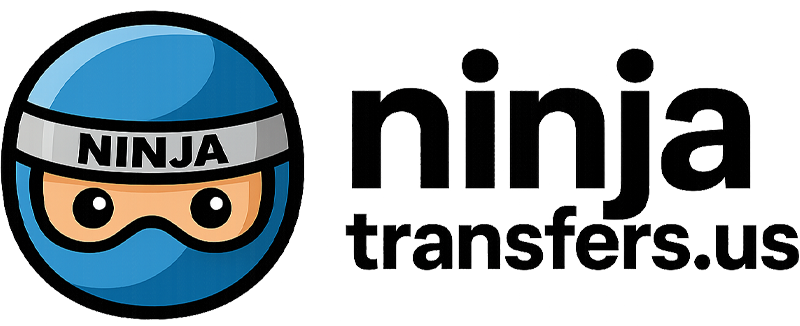1. Understanding Packaging and Printing Challenges and Pain Points
1.1 High Costs and Inefficiencies in Traditional Printing
Traditional printing methods often come with high setup and operational costs, making it challenging for businesses to maintain profitability while meeting customer demands. The need for plates, screens, and extensive manual labor not only increases expenses but also leads to longer production times. Additionally, the inability to quickly adapt to design changes or small batch orders further exacerbates inefficiencies, leaving businesses struggling to compete in fast-paced markets.
Moreover, the waste generated from setup trials and color matching in traditional printing adds to the overall cost, with a significant portion of materials being discarded before achieving the desired print quality. This not only impacts the bottom line but also raises concerns about sustainability and environmental responsibility, pushing businesses to seek more efficient and cost-effective alternatives like ninja transfers.
With ninja transfers, businesses can overcome these challenges by leveraging advanced DTF (Direct to Film) printing technology, which eliminates the need for costly setups and reduces material waste. This innovative approach not only cuts costs by up to 15% but also enhances operational efficiency, making it an ideal solution for both B2B and B2C clients in the packaging and printing industry.
1.2 Quality and Durability Concerns
Quality and durability are paramount in packaging and printing, as they directly impact brand perception and customer satisfaction. Traditional printing methods often fall short in delivering consistent quality across large batches, with variations in color and detail being common issues. Furthermore, the durability of prints can be compromised when exposed to environmental factors such as moisture, heat, and friction, leading to fading and peeling over time.
DTF printing technology, as utilized by ninja transfers, addresses these concerns by ensuring high-resolution prints with vibrant colors that remain intact under various conditions. The prints are not only durable but also flexible, allowing them to adhere perfectly to a wide range of materials without cracking or peeling. This level of quality and durability is achieved through precise ink application and advanced curing processes, setting a new standard in the industry.
Businesses partnering with ninja transfers can therefore expect their products to stand out in the market, with packaging that captures attention and retains its appeal over time. This competitive advantage is crucial for brands looking to establish a strong presence and build lasting customer relationships.
2. ninja transfers’s Innovative Solution Approach
2.1 Introduction to DTF Printing Technology
DTF printing technology represents a significant leap forward in the packaging and printing industry, offering unparalleled flexibility, efficiency, and quality. Unlike traditional methods, DTF printing allows for direct application of designs onto a film, which is then transferred to the final substrate using a heat press. This process eliminates the need for screens or plates, significantly reducing setup times and costs while enabling high-detail, full-color prints on a variety of materials.
ninja transfers has mastered this technology, providing clients with access to state-of-the-art DTF printing solutions that cater to both small and large-scale production needs. The ability to produce vibrant, durable prints quickly and cost-effectively makes DTF printing an attractive option for businesses looking to enhance their packaging and promotional materials.
With a focus on innovation and customer satisfaction, ninja transfers continues to lead the way in adopting and refining DTF printing techniques. This commitment to excellence ensures that clients receive not only superior products but also a partnership that drives their success in an increasingly competitive market.

